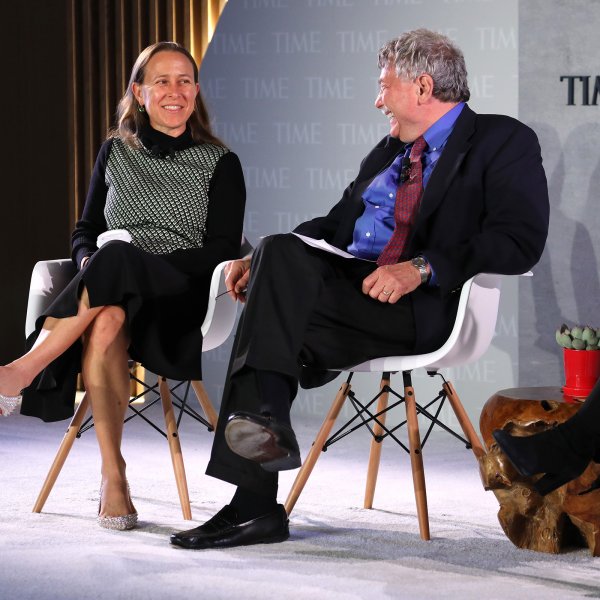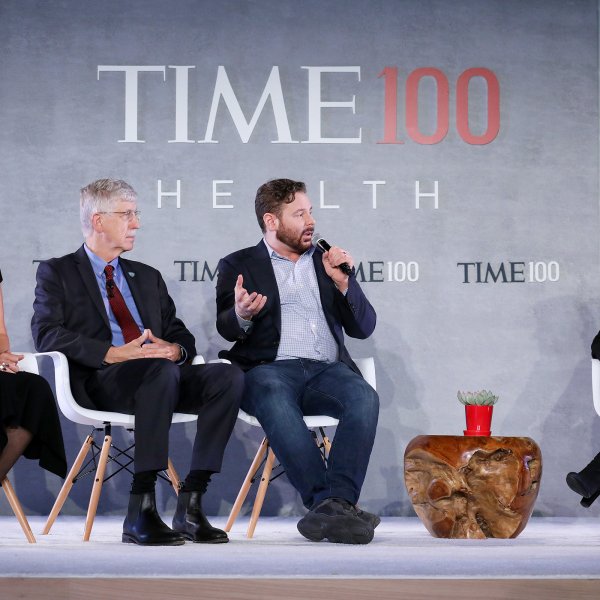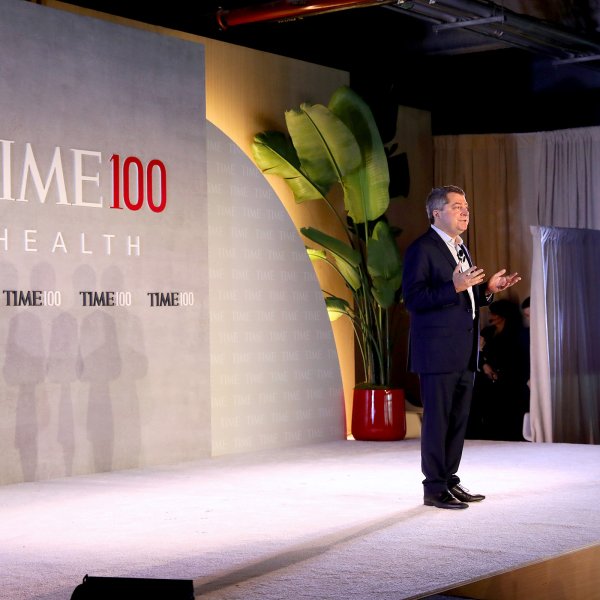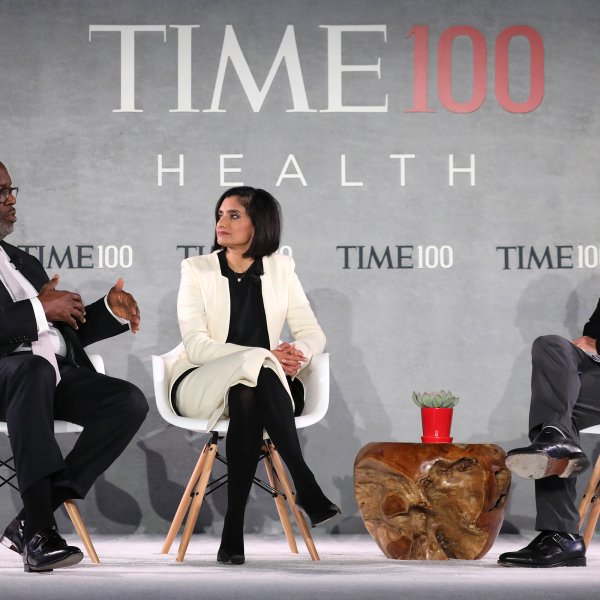<!-- wp:gutenberg-custom-blocks/featured-media {"id":"5704278","url":"https://api.time.com/wp-content/uploads/2019/10/time-100-health-summit-076.jpg","caption":"Co-Founder \u0026amp; CEO of Last Mile Health, Dr. Raj Panjabi (L), and Nation Editor at TIME Haley Sweetland Edwards speak onstage during the TIME 100 Health Summit at Pier 17 in New York City on Oct. 17, 2019.","credit":"Brian Ach—Getty Images for TIME 100 Health","mediaSize":"medium-jw","playlistId":"9xZyuEFs","goJwPlayer":true} -->
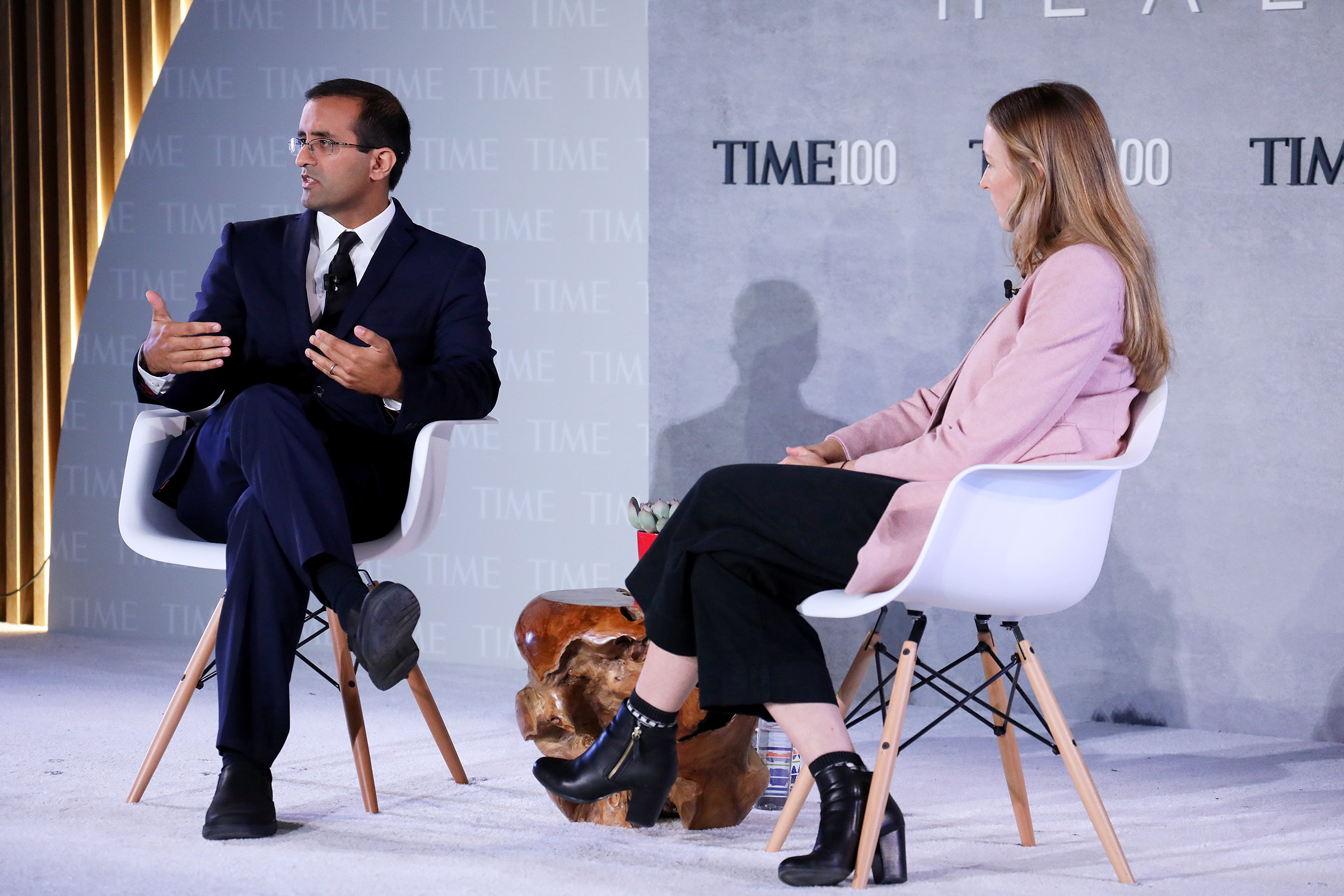
<!-- /wp:gutenberg-custom-blocks/featured-media --><!-- wp:paragraph -->
The world is currently facing the largest health care worker shortage in history and Dr. Raj Panjabi, CEO and founder of Last Mile Health, believes he has a solution—but doctors are standing in the way.
More Coverage
<!-- /wp:paragraph --><!-- wp:paragraph -->
“Male-dominated professions are under-recognizing and under-valuing frontline caregivers, be they nurses, midwives or community health workers,” Panjabi said during an interview at the TIME 100 Health Summit on Thursday alongside TIME Nation Editor Haley Sweetland Edwards.
<!-- /wp:paragraph --><!-- wp:paragraph -->
Panjabi’s Last Mile Health trains individuals without a medical background to be community health workers, providing them with basic skills in areas such as infectious disease monitoring, maternal and neonatal health, family planning, first aid and how to care for common childhood illnesses. This can help the tens of millions of people around the world, often in rural communities, who lack access to health care every year.
<!-- /wp:paragraph --><!-- wp:paragraph -->
But it also makes economic sense, Panjabi said. Training people to be community health workers can create jobs in areas that need them. And for every dollar that a country or a health system invests in training and supervising community health workers, Panjabi says they get $10 back in the form of new jobs, longer lives for patients and even epidemics averted.
<!-- /wp:paragraph --><!-- wp:paragraph -->
So why hasn’t the idea of community health workers spread more rapidly?
<!-- /wp:paragraph --><!-- wp:paragraph -->
“Sometimes it’s those in my profession, the doctors’ guild, that get in the way,” explained Panjabi. Doctors in some areas have objected to community health workers providing care that they claim is not up to par or competing with their own efforts. This and other factors have led to community health workers — along with nurses and midwives — often being underpaid.
<!-- /wp:paragraph --><!-- wp:paragraph -->
“The poorest women on Earth subsidize health care globally to the tune of $1 trillion with their unpaid and underpaid work,” Panjabi said. “That’s larger than the economies of over 150 countries.”
<!-- /wp:paragraph --><!-- wp:paragraph -->
In order to expand health care access, Panjabi said countries need to take advantage of new technologies, reshape their policies and hire more community health workers.
<!-- /wp:paragraph --><!-- wp:paragraph -->
“It does come down to this guild mentality that we have to break in health care if we really want to democratize health care, if we want health care for all within reach of every last one of us,” Panjabi said.
<!-- /wp:paragraph -->
